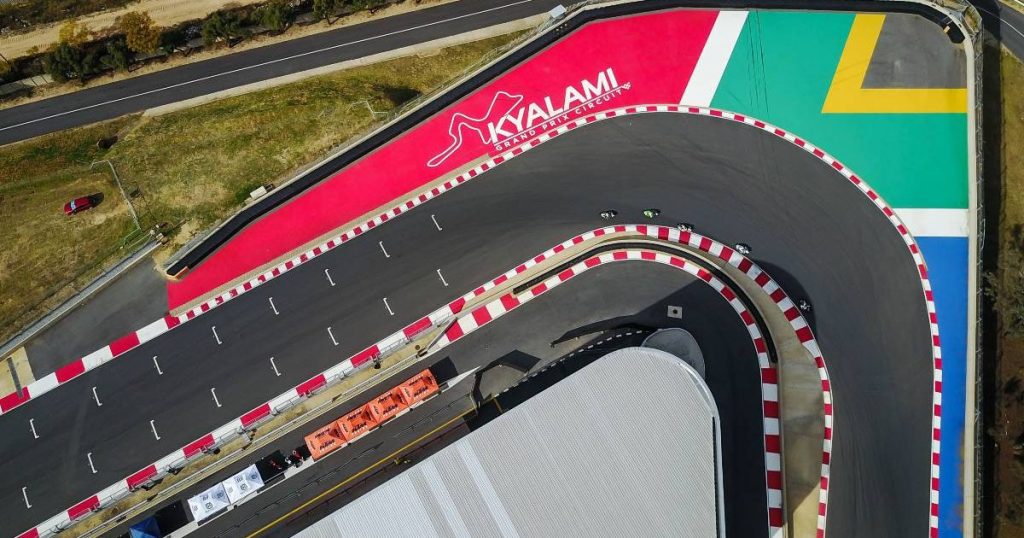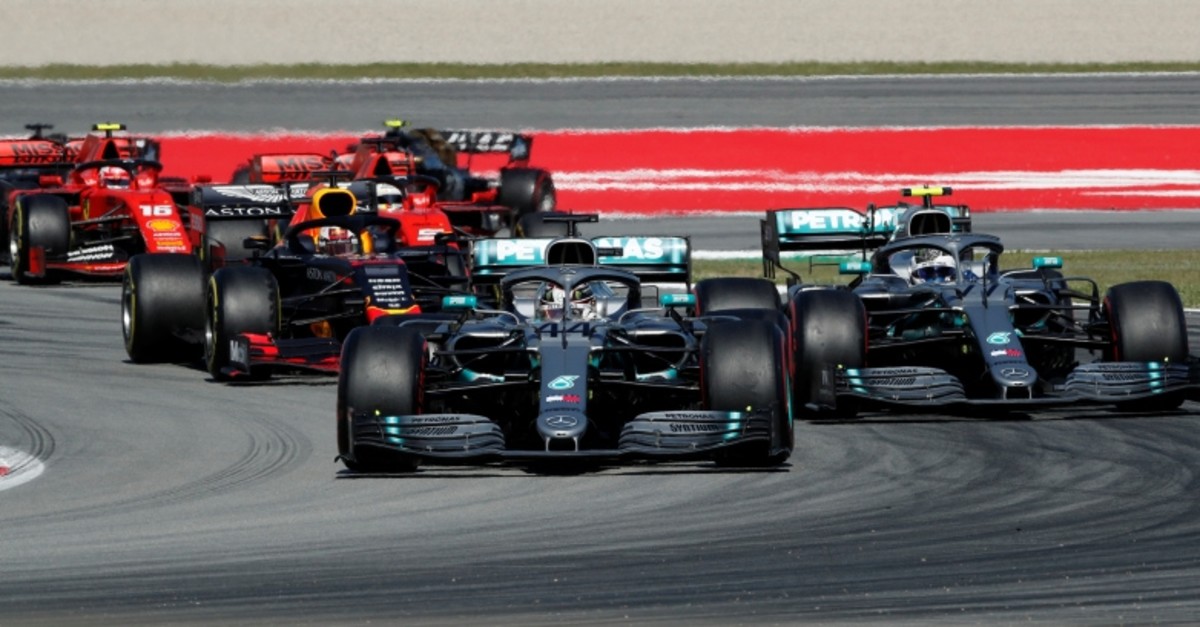Features
F1 in Africa: The Fast and the Fragile

F1 has been missing in Africa since 1993, but the continent has hosted a variety of thrilling and
dramatic races in the past. The second of these, the 1962 South African Grand Prix, is the subject
of this article. Despite the long absence, racing is one of the most popular sports betting events.
The new Formula One season is long, but it will be remembered it stretched until after Christmas
in 1962.
The first South African Grand Prix was held on December 29, 1962, at the Prince George circuit
in East London. The first rehearsal took place on Christmas Day.
Unlike today’s jam-packed 23-race schedule, this was just the season’s ninth Grand Prix, and it
came nearly three months after the previous US Grand Prix ended with a result that set South
Africa up for a fantastic title-deciding showdown.
The second Formula One race in Africa, like the first, was a climactic conclusion to a Grand
Prix, with two British drivers vying for the championship for the first time.
Follow and bet on European Formula One with Betway, the all-inclusive sportsbook.
The qualifiers
Despite the fact that the points system at the time was complicated (drivers could only count
their best five finishes), it all added up to one straightforward scenario: if Clark won the race, he
won the championship. Hill was in charge of everything else.
Clark was normally the quicker driver, but his Lotus was prone to mechanical issues, which
made this setup so appealing.
It was normally in first place if he made it to the finish line. Hill’s BRM was more accurate than
Hill’s ability to keep up.
In qualifying, the two were in a league of their own. Clark was on pole, 0.3 seconds ahead of
Hill, who was the best in this section of F1.
The next fastest, Jack Brabham, was 1.7 seconds slower than Clark.
The reigning World Champion, American Phil Hill (no relation to Graham), was absent from the
race after being shot by the Ferrari team at the previous Grand Prix.
Ferrari, which was going through a time of chaos, with many of its employees walking out and
forming their own team, chose not to go to South Africa at all.
The field was bolstered by a number of local drivers: South Africa had its own Formula One
championship, and five drivers from that series competed in this event.
Mike Hawthorn and Stirling Moss battled it out in Casablanca in 1958, with Hawthorn emerging
victorious. It was Graham Hill and Jim Clark in East London in 1962.
How the race was won
The East London circuit was packed with 90,000 spectators, nearly half of whom were white
because this was apartheid South Africa.
As the 17 competitors lined up for the race, it became obvious that one of them, local driver
Ernie Pieterse, was having trouble starting his car.
Pieterse was in a Lotus, which was concerning for Clark. The green flag was lowered as the
mechanics worked on Pieterse’s car in front of the pits.
Clark got one of his legendary starts, shooting into the first corner while Hill struggled with the
wheelspin.
Hill continued to lead the field despite his smoking tires, but he was already watching Clark
streak away. Clark was already a second ahead at the end of lap one. Hill, simply put, had no
answer.
Clark was gaining ground at a consistent pace of one second per run. He was 10 seconds ahead
of the field by lap 10.
However, another Lotus retired on the same lap. It wasn’t just a privateer this time, as Pieterse’s
had been, but Clark’s teammate Trevor Taylor’s as well.
As you relive the times of the classic African F1, take some time and look at the offerings on
Betway, featuring tens of sporting activities.


















Recent Comments